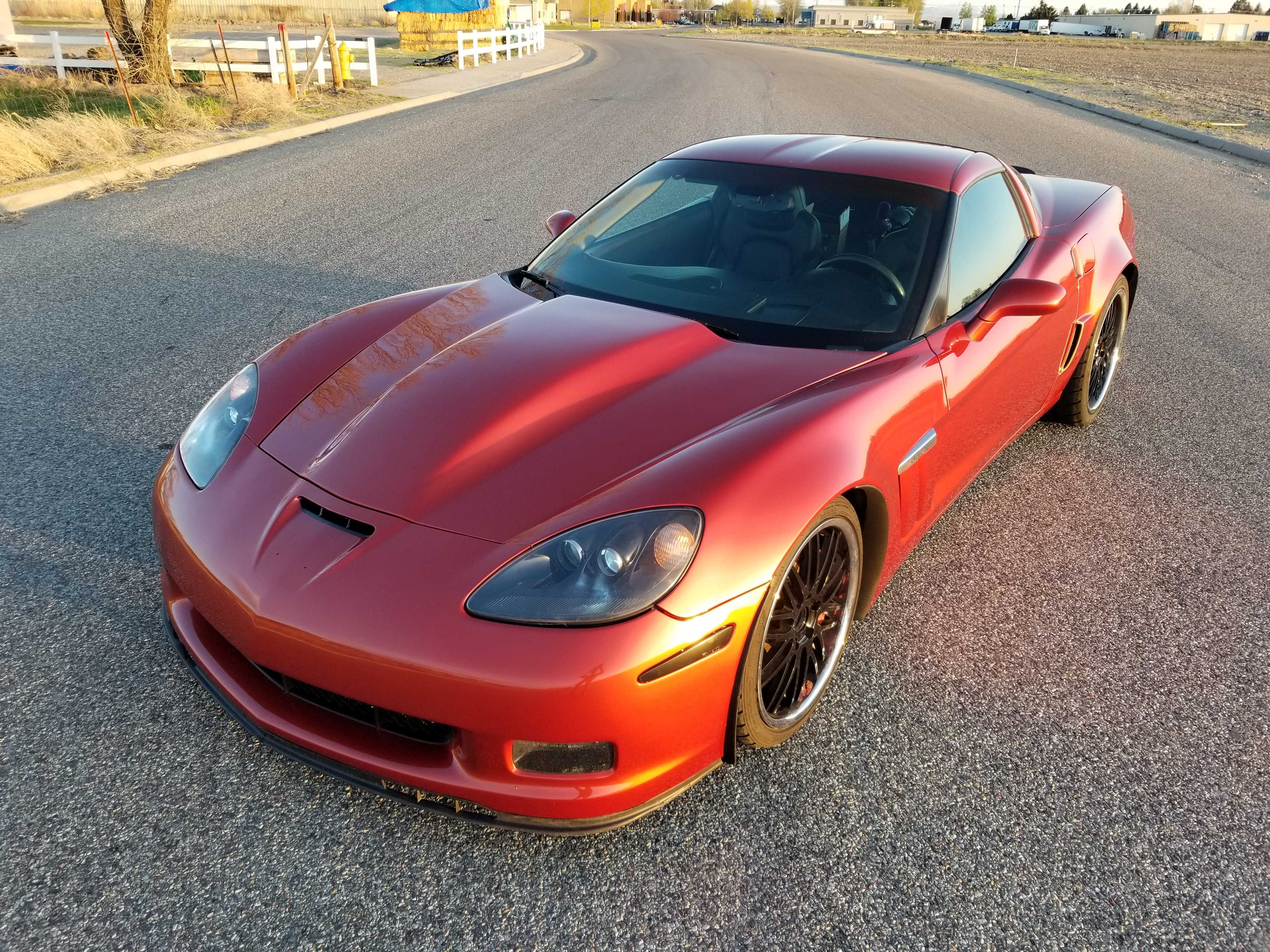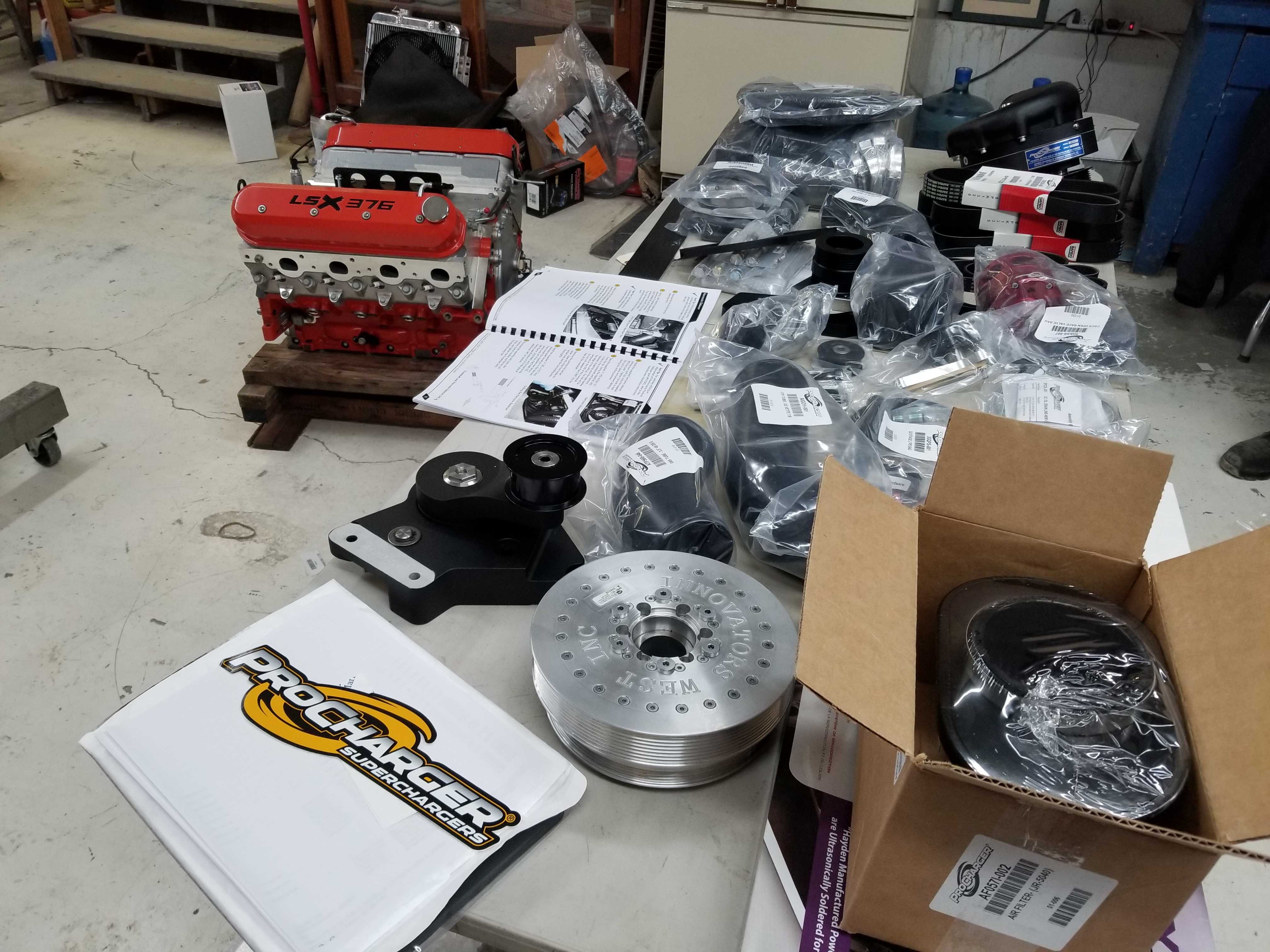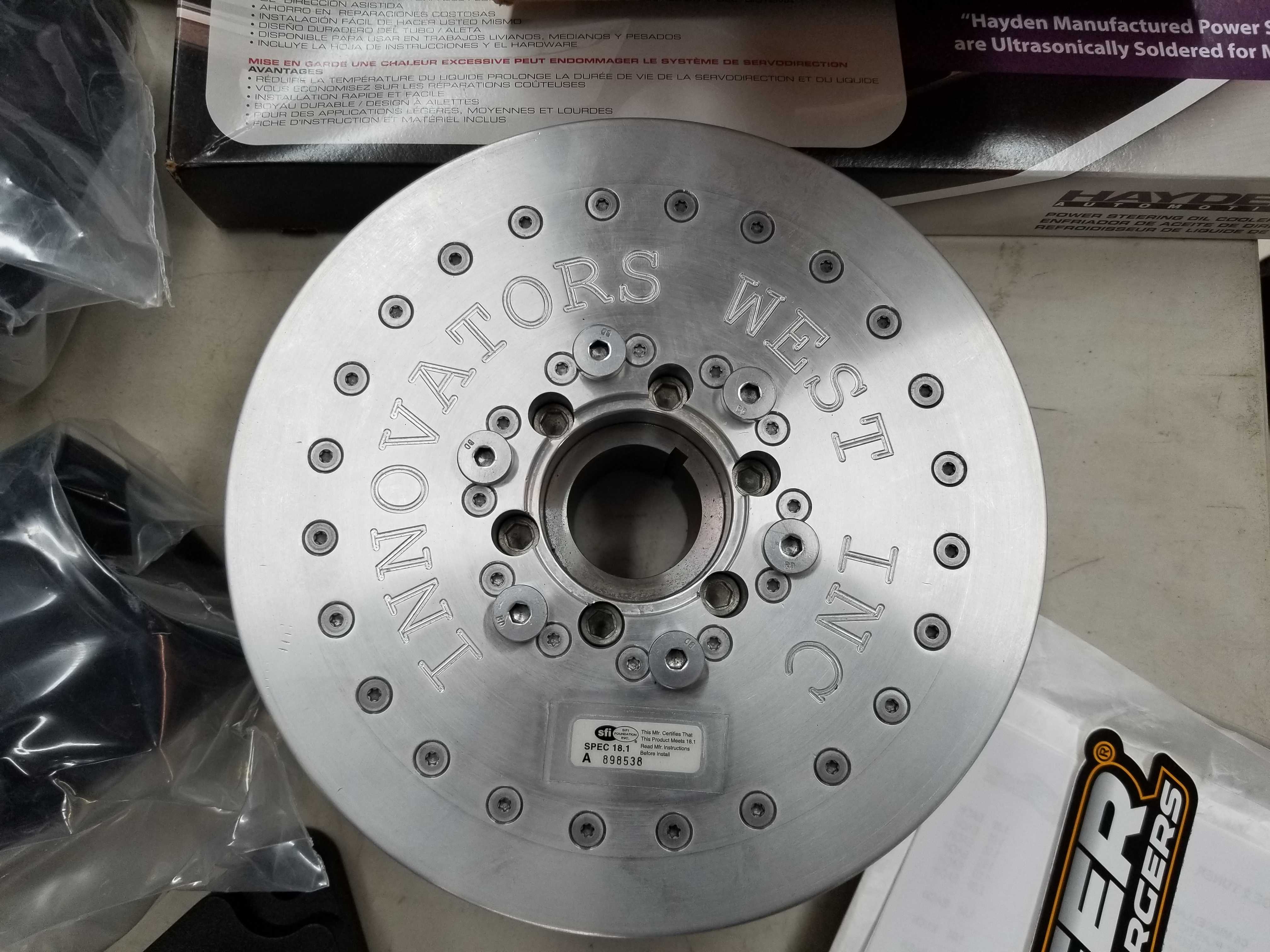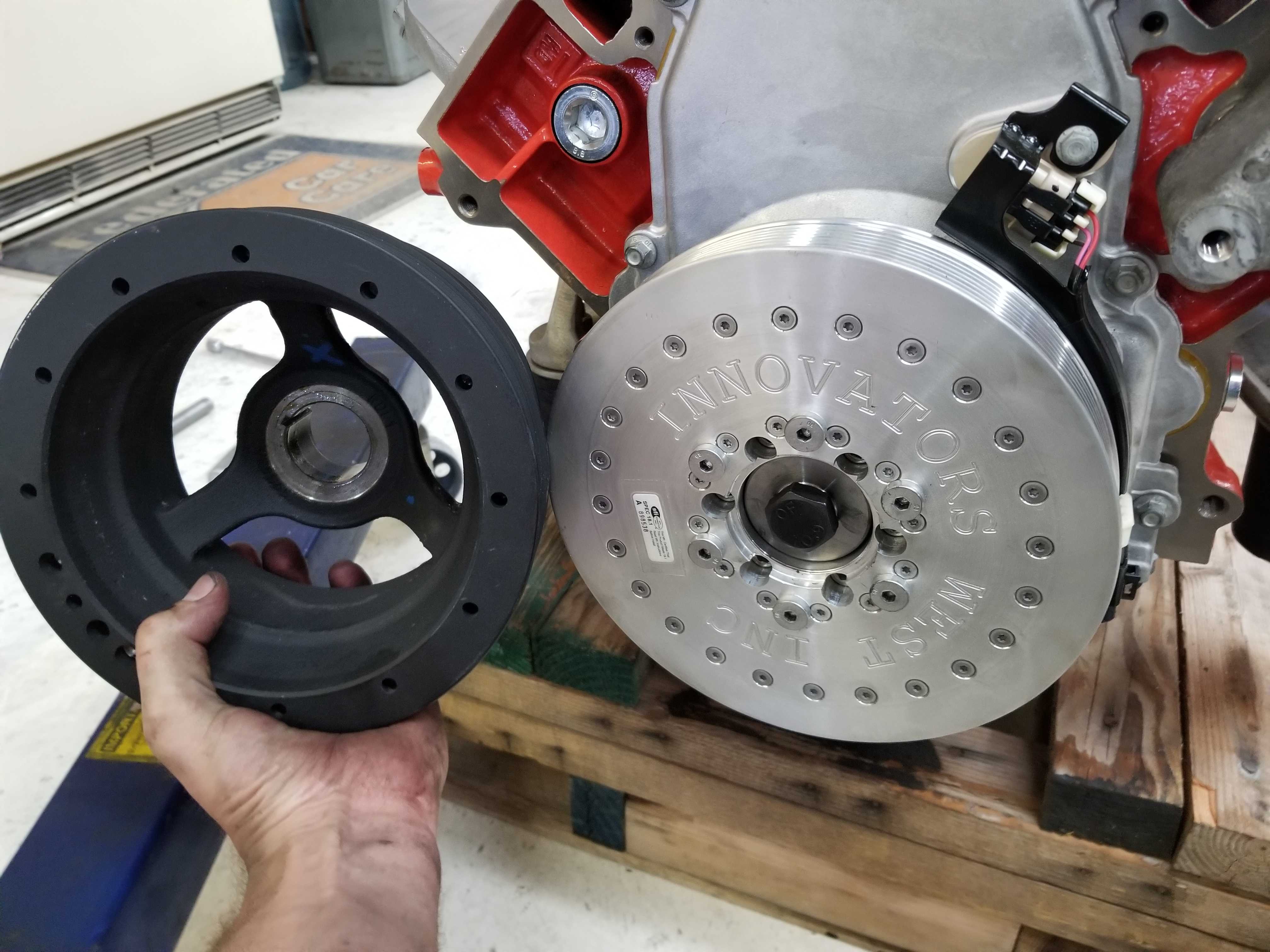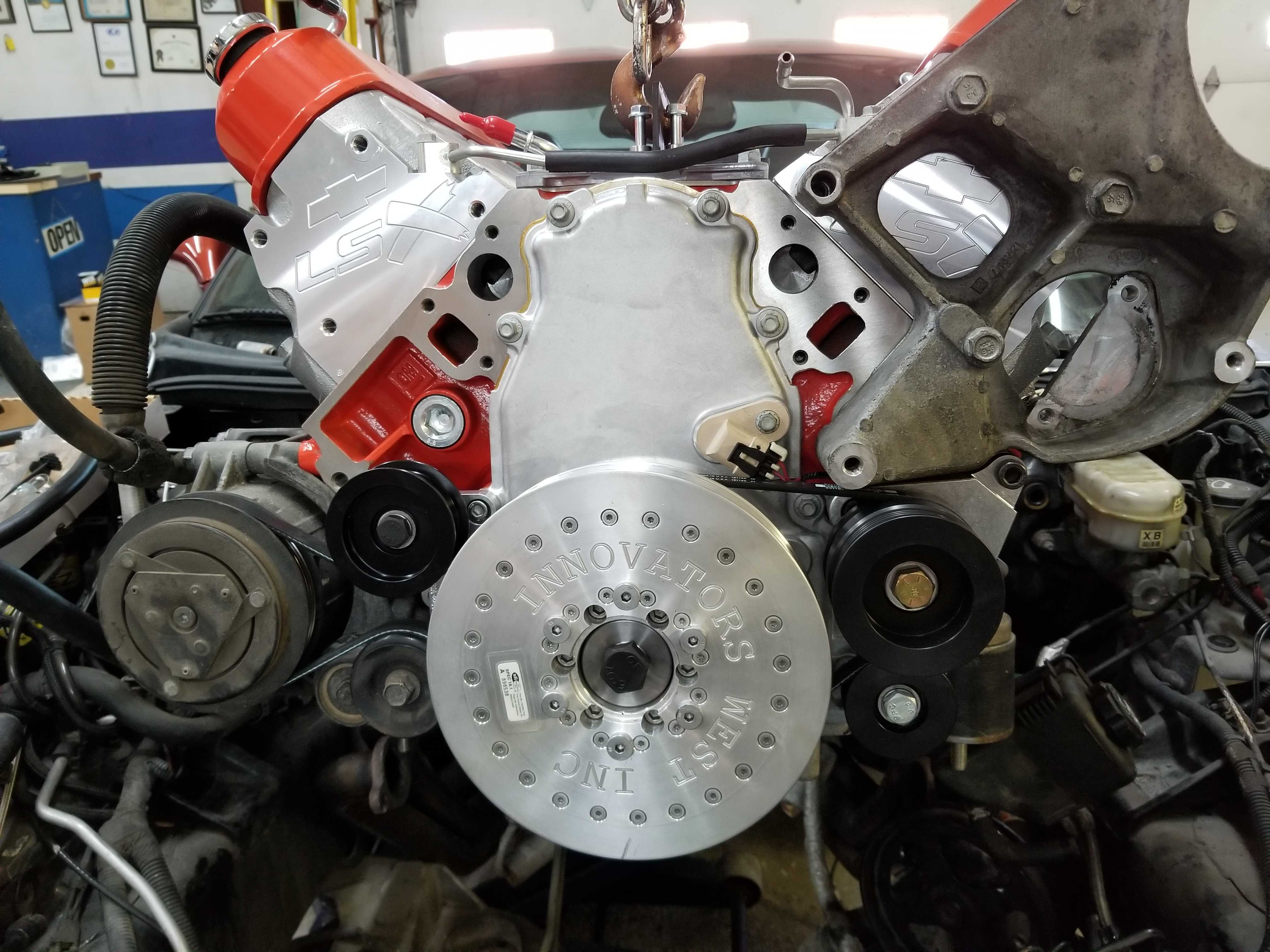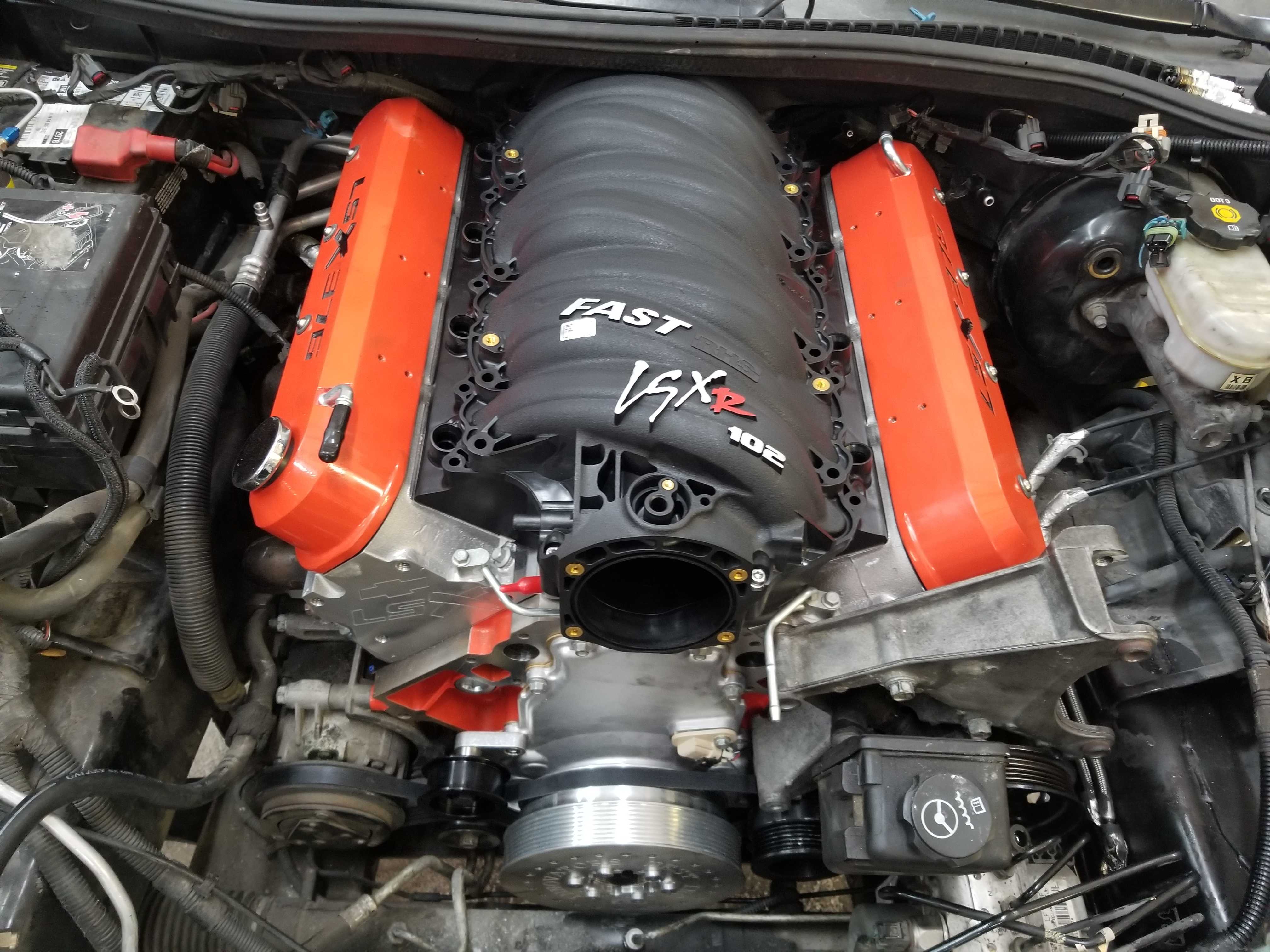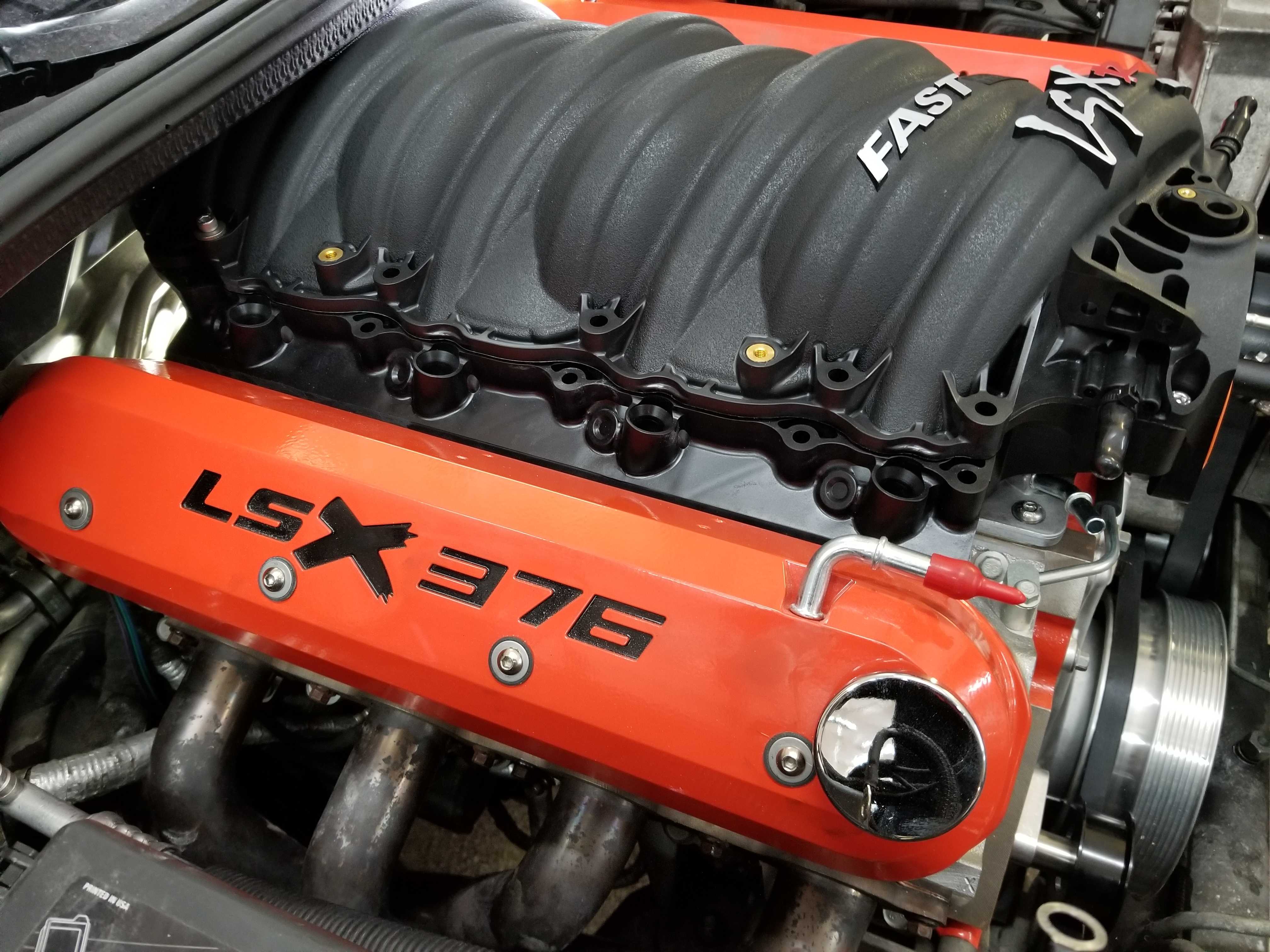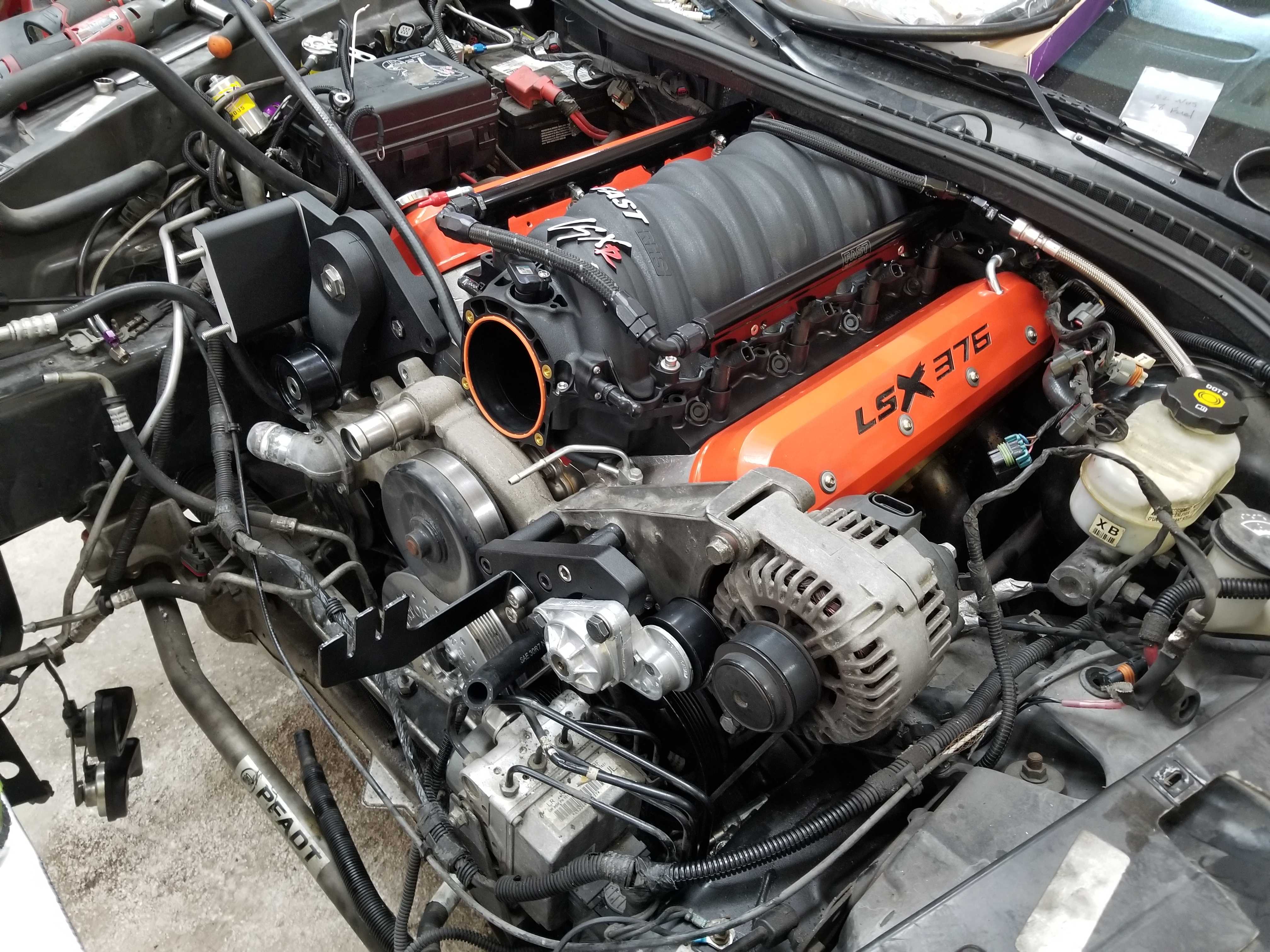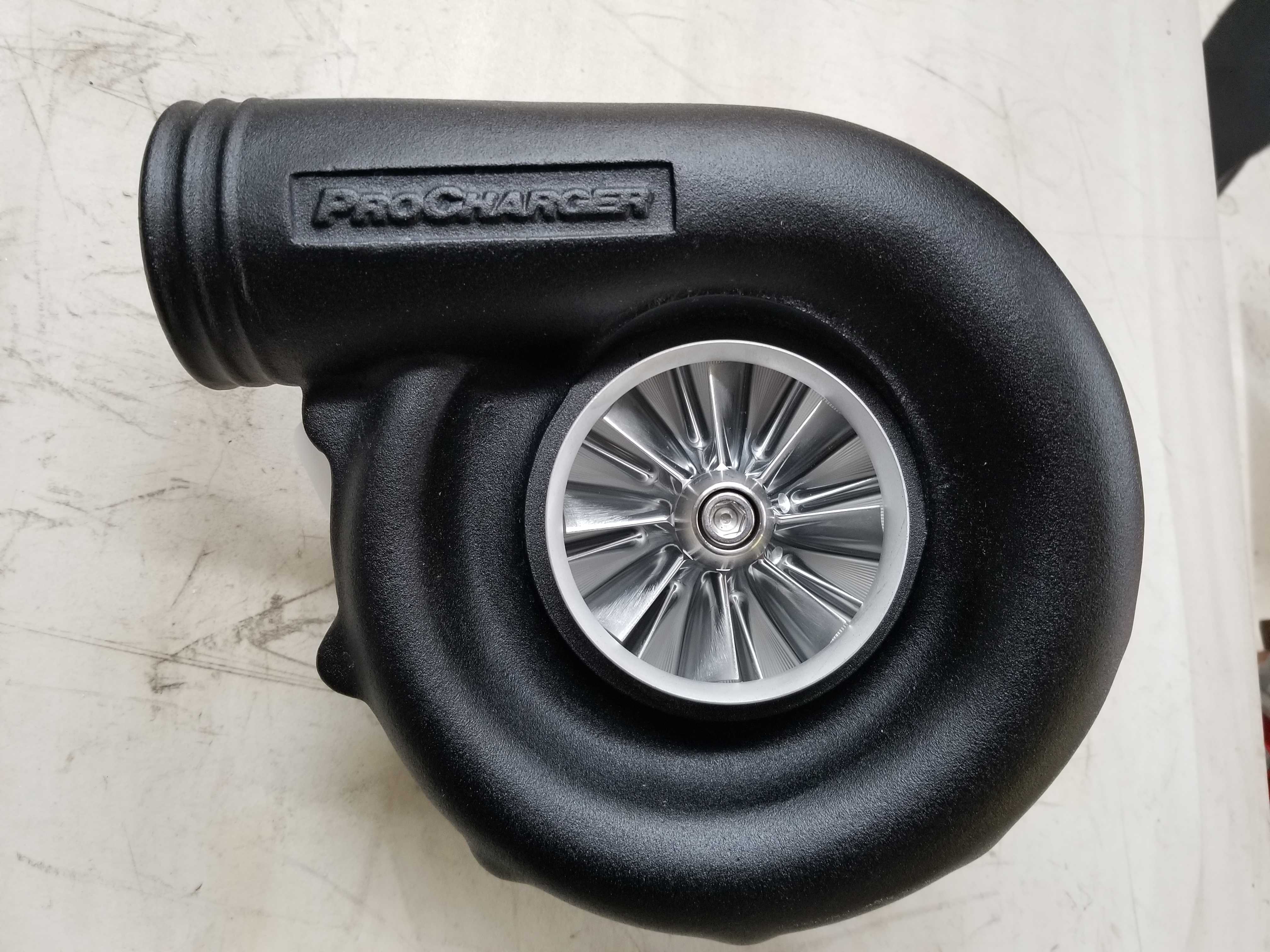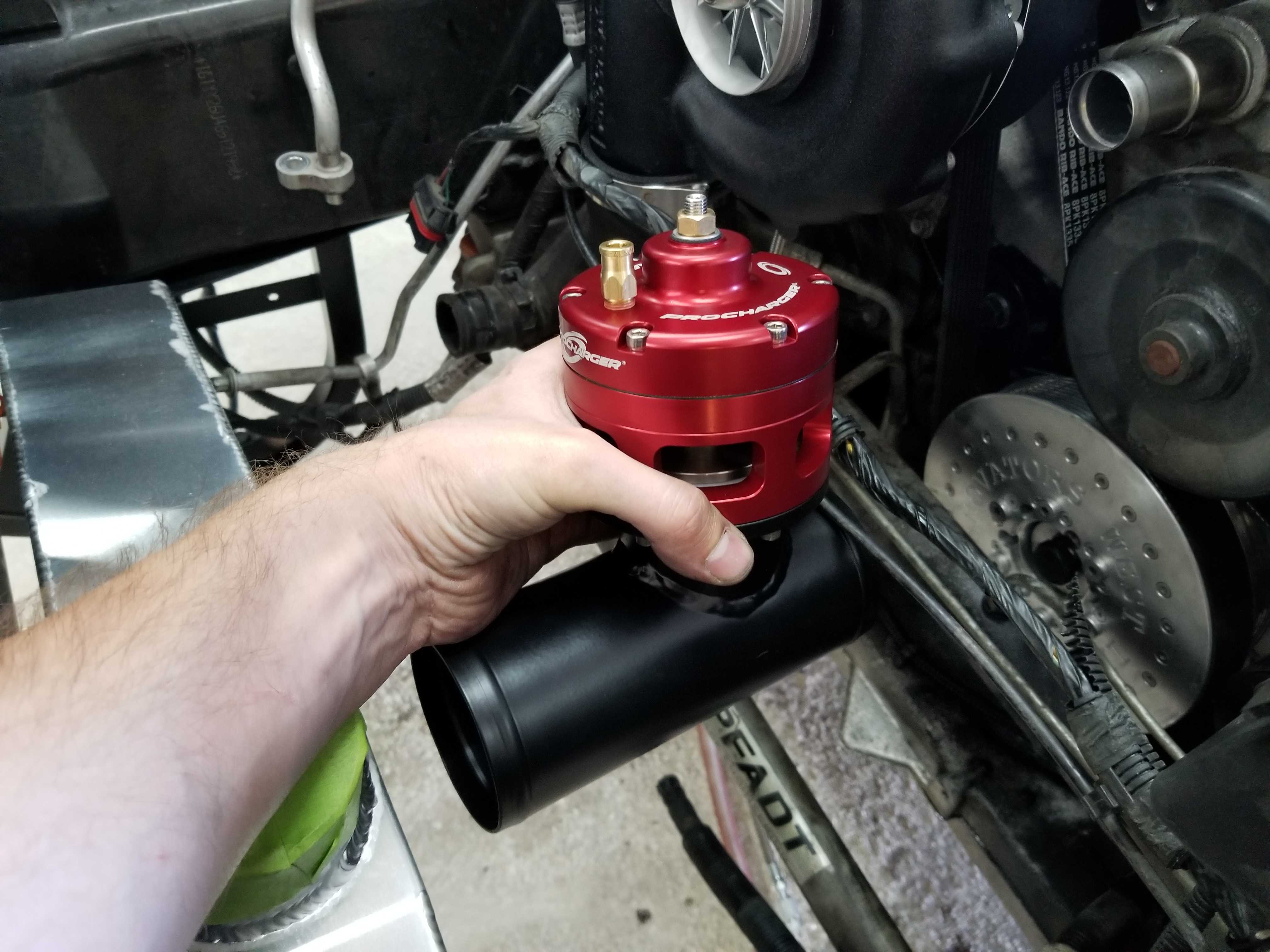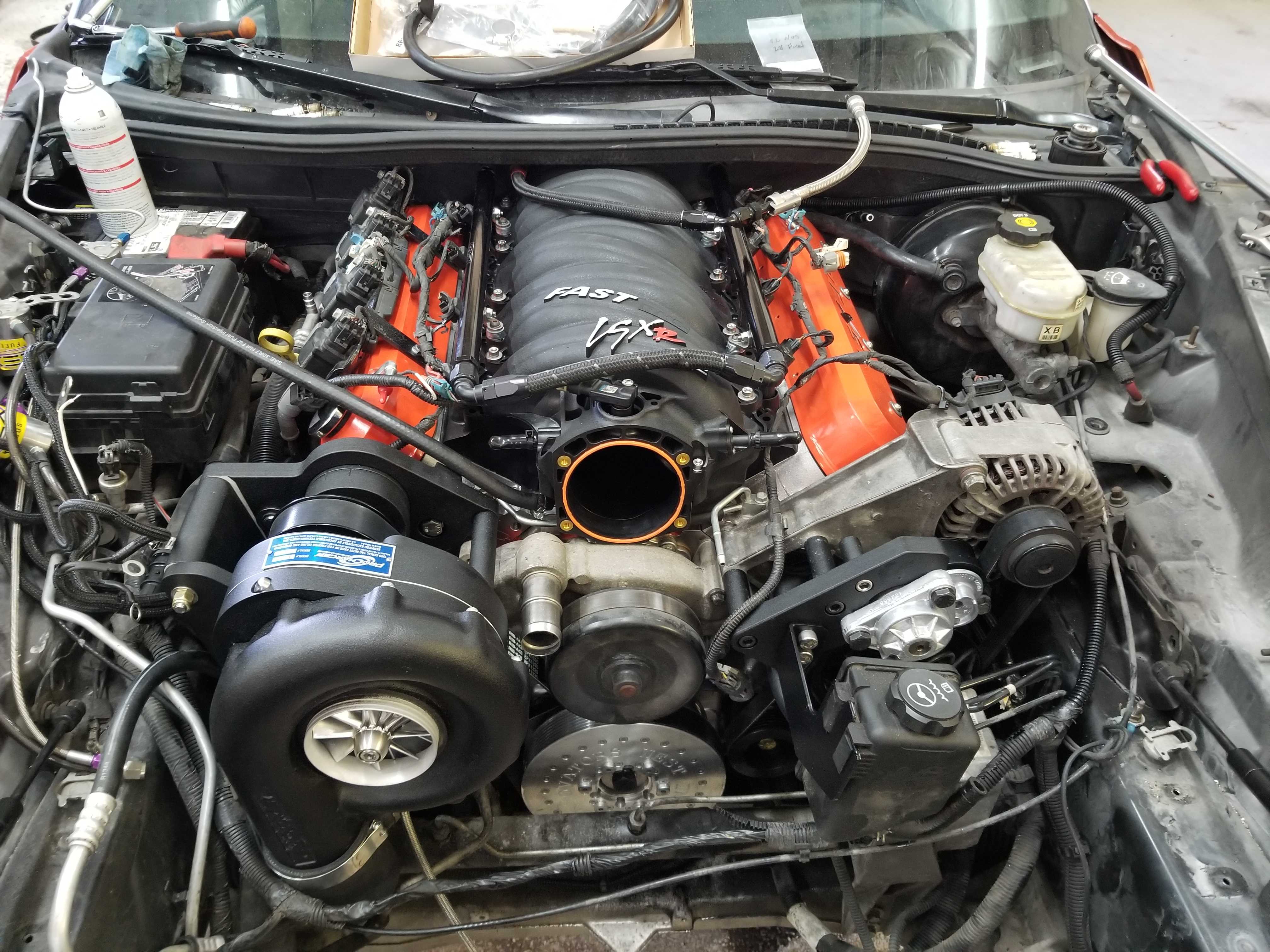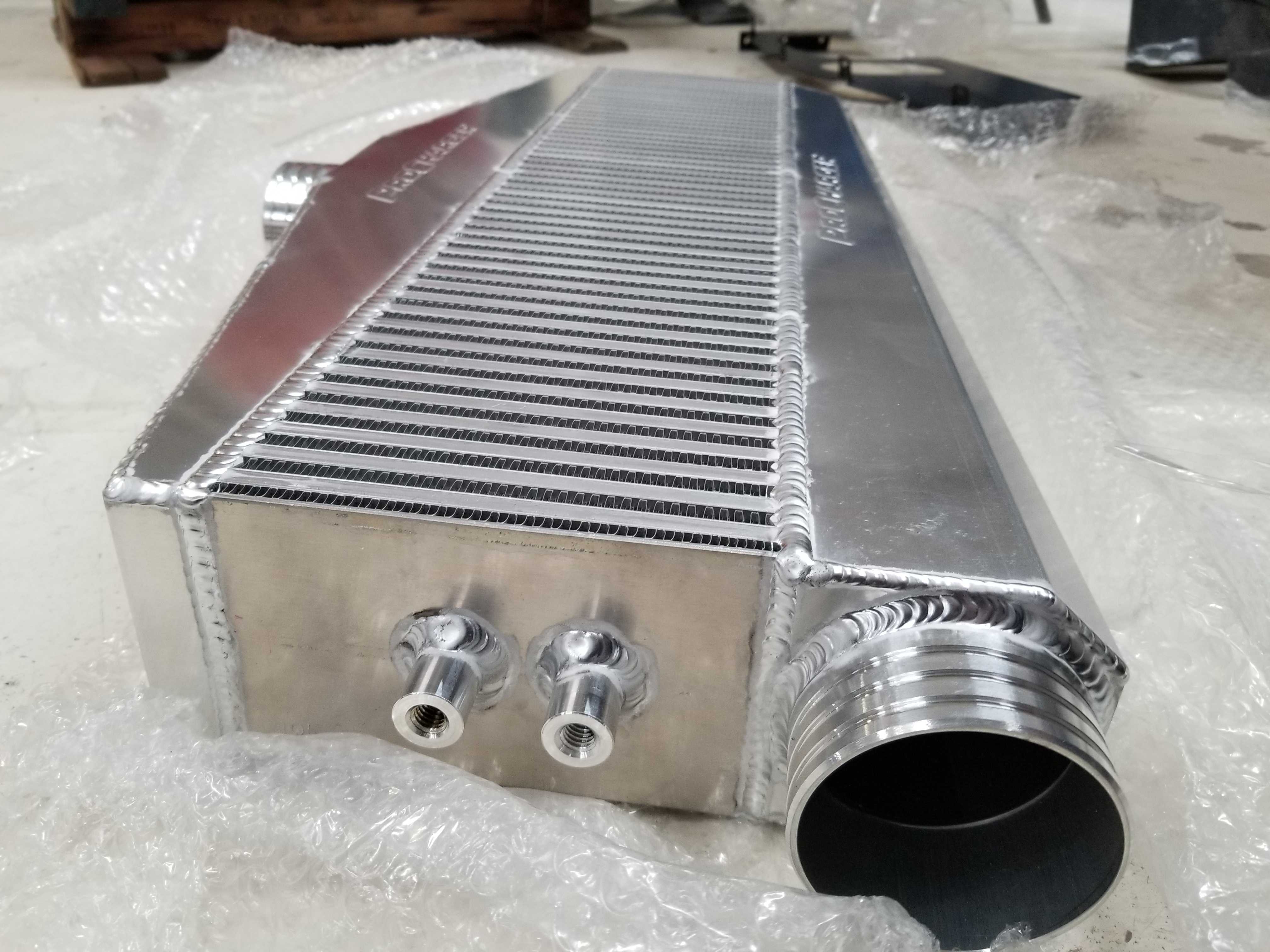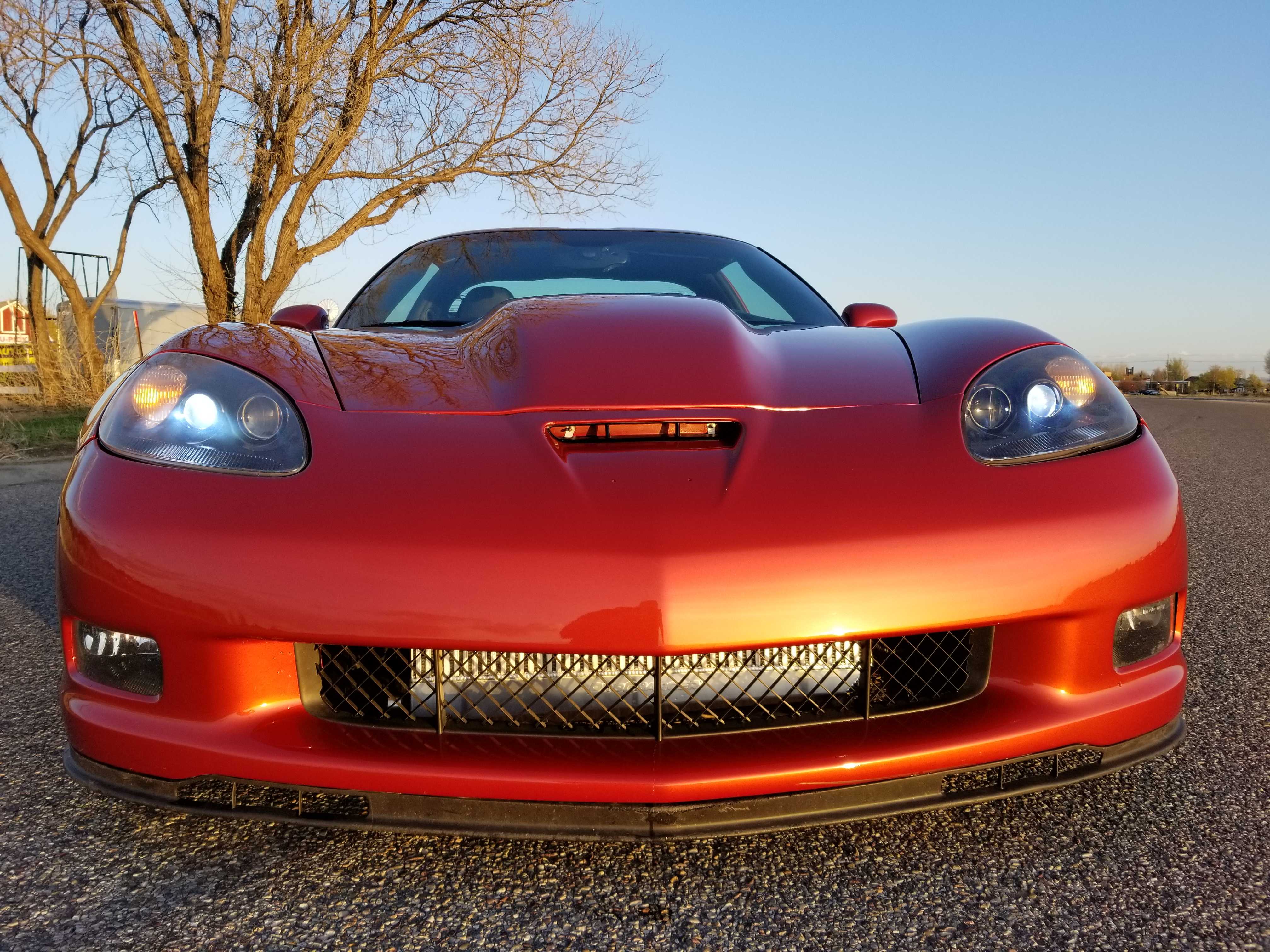The recently unveiled C8 might be stealing all the headlines as of late, but let’s not forget that the Corvette has a long history of being an incredible performance value that’s capable of hitting well above its weight class.
Our C6 project vehicle serves as a great example of that. Snagged for a mere 14-grand, this low-mileage 2006 base model machine was already outfitted with Z06 brakes, Grand Sport bodywork, and an assortment of bolt-ons before we ever laid hands on it. But while a warmed-over LS2 is certainly nothing to scoff at, we know what this platform can do when given the right amount of motivation.
Fifteen years on the sixth generation Corvette remains a world-class sports car, and the Petty C6 is no exception to the rule. The platform's light weight, native V8 power and strong aftermarket support means that projects like this can be taken in a variety of different directions. For Brian, the goal is a jack-of-all-trades machine that can perform at the strip, handle the daily commute, and mix it up on a road course with factory-like reliability.
With that in mind, we turned our attention to the engine bay, swapping out the factory LS mill in favor of something a bit more stout, and while we were at it, we brought boost into the mix, as well. Brian Petty, the owner of the C6, says the overall goal with the build is to put together a combination that can hold its own in a variety of different situations.
“I want it to be an all-around performer,” he explains. “I’ve built dedicated racecars in the past, but I don’t want this build to be something like that. I want to be able to drive it to the track, race it, and drive it home without issue. So that’s the general idea here. I’d like to hit the dragstrip and run some 1/2-mile events with the car, and then try my hand at some road racing stuff in the future . In terms of goals, I don’t see any reason why this car wouldn’t reliably get into the low 10s in the quarter eventually.”
But the C6 was going to need a bit more grunt in order to get there. Good thing we had a crate full of parts lined up for the job.
Heart Transplant
Our first item of business was to get the factory LS2 out to make way for the LSX376-B15 crate motor that we procured from Chevrolet Performance. Although the LSX makes 473 horsepower and 444 lb-ft of torque right out of the box, the mill is purpose-built to serve as a foundation for projects where forced induction is intended to be part of the combination.
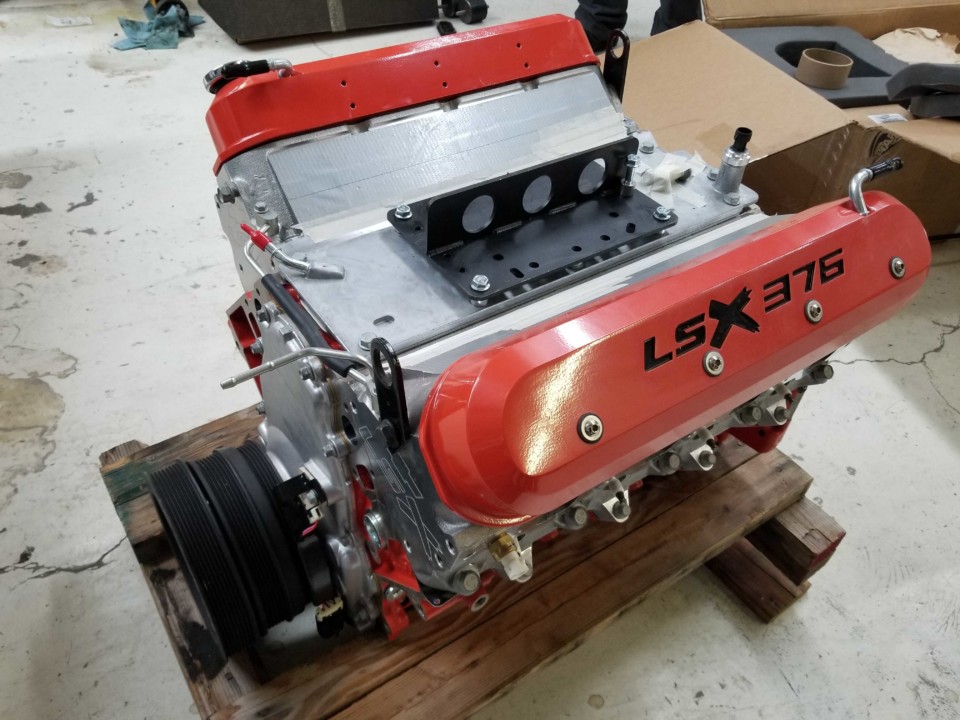
The LSX376-B15 is a 6.2-liter Gen IV small-block with a 4.065 x 3.622-inch bore and stroke and 9.0:1 compression. The block is cast-iron with six-bolt, cross-bolted main caps, making it a stout piece that’s ideal for a forced induction build. The heads are LSX-LS3 rectangular port with “as cast” 68-cc chambers. A hydraulic roller cam is part of the deal, as well, sporting 210° intake / 230° exhaust.
So whether it’s turbocharged or blown, it’s built to handle forced induction. It has a forged steel crankshaft, forged aluminum pistons, and forged powdered metal connecting rods. – Brian Petty
“The B15 in the name stands for 15-pounds for boost,” Petty notes. “So whether it’s turbocharged or blown, it’s built to handle forced induction. It has a forged steel crankshaft, forged aluminum pistons, and forged powdered metal connecting rods. Overall, it’s just a nice, beefy powerplant that you can order with a warranty straight from Chevrolet that can take the abuse. And starting with 473 horsepower before adding any boost, it should be able to make 900 horsepower at the flywheel without changing anything about the engine itself.”
Since the engine comes from the same family as the factory LS2 that we took out, the swap itself proved to be drama-free. Petty said, “One thing that’s nice is that the Corvette went to a 58-tooth reluctor wheel on the crankshaft in 2006, and this LSX came with a 58-tooth reluctor wheel from GM, so it just bolted right in. It uses the same crank sensors, same cam sensors – all of it.”
The benefits of compatibility go further than that, though. After getting the factory engine out, a few components were pulled from the LS2 and bolted up to the LSX.
“Things like the alternator, power steering pump, water pump assembly, and exhaust system carried over,” Petty says. “Those parts were in good shape and they’ll work just as well with the LSX as they did with the LS2. So those got bolted up to the new engine, along with the Innovators West harmonic balancer (PN 843). That damper is a super nice piece and it’s also SFI certified, so when I go to the track, I know it’ll pass tech.”
"It's a completely different deal on the inside," Petty says of the Innovators West balancer. "This stuff is next level - I can recall several times where friends have bolted these on to their cars and they were shocked at how much smoother their engines ran. A lot of guys swear by aftermarket dampers because they feel like the bearings aren't taking the hammering that they normal would with the factory damper."
Even the factory harness plugged right up to the new motor, Petty tells us. “We didn’t have to modify a single thing on it – it hooked right up. That’s the beauty of the LS platform. In this case the harness and the sensors were all where they were supposed to be for the swap.”
Ultimately, the only part that had to change was the flexplate.
“On modern Corvettes there’s a torque tube rather than a conventional driveshaft,” Petty says. “And this LSX engine has eight bolts where that flexplate bolts on to the end of the crankshaft. But the factory LS2 in this C6 has six bolts, so we had to get an aftermarket eight-bolt flex plate to allow the engine to hook up to the torque tube. Luckily we had done some research ahead of time and we knew we were going to run into that, so we were prepared for it.”
Force Feeding
With the engine together and in the car, the focus shifted to the top end hardware. “The boosted LSX stuff typically doesn’t come with an intake manifold,” Petty notes. “It’s one of those things where it doesn’t make sense to spend money on a factory intake manifold when you can instantly pick up power with an aftermarket option.”
With the LS platform, there’s certainly no shortage of options to choose from.
“In this situation, it was kind of a no-brainer to go with the 102mm LSXR intake from FAST,” he says. “First, it has adjustable runners, which is a really cool feature. The whole thing unbolts and you can swap the runners. So by selecting different length runners – there’s short, medium, and long options – you can change how the engine makes power throughout the powerband.”
The modularity and OE-like packaging of the FAST LSXR intake manifold made it an obvious choice for the tight confines of the C6's engine bay. "With this one you can unbolt the top and just swap the runners out whenever you want," says Petty. "The longer the runner, the more bottom end it's going to make, and the shorter the runner, the more top-end power it's going to make. It's cool because you can get the powerband to behave different by just swapping stuff around instead of having to buy a whole new intake manifold."
The FAST intake is forgiving when it comes to clearance, too.
“That’s the second reason we went with the LSXR,” says Petty. “With Corvettes you just don’t have a lot of room in there, so few aftermarket intake manifolds will actually fit under the factory hood. This one clears it without issue.”
It also pairs nicely with the ProCharger D-1SC blower that we selected for the C6, part of a C6-specific Stage II kit that includes a high output intercooler.
“It comes with a Big Red race valve, too, which is much larger than the standard bypass valve. And it’s an actual blow off valve – it doesn’t recirculate. The Stage II kit also comes with all eight-rib drive, which is also really cool.”
The pulley system is a trick setup in and of itself, Petty notes.
“Normally the air conditioning runs off of its own four-rib belt, and then everything else runs of a six-rib belt – alternator, power steering pump, etc. In other kits you’d get a longer belt, and they’d wrap those six ribs around the supercharger. But this kit gives you an extra long AC belt and that four-rib belt runs over to a separate pulley, which comes in the kit. It’s a double stacked pulley – four ribs and then six ribs. So that four-rib comes around to give you extra tensioners and idlers to route around the motor, and it spins this other little pulley. That one in turn spins a much shorter six-rib belt that turns the power steering, water pump, and alternator. The supercharger runs on its own dedicated eight-rib pulley on the front of the damper with nothing else on it. After seeing it on the car, it’s clear that this is really the only way to go. All the belts are so much shorter.”
To provide the boost we selected ProCharger's C6 Corvette tuner kit with a D-1SC head unit as well as their Stage II intercooler. While an X-series head unit would likely make more top-end power by Petty's estimate, the tried and true D-1SC stakes its claim on the low end and mid-range. That makes it ideal for a vehicle that's primarily street driven, as those rev ranges represent the vast majority of where the engine will do work out on the road. The kit also includes ProCharger's "Race" spec open bypass valve, which features a 2.0-inch inlet and an open vent outlet.
The fuel system ended up being the last piece of the puzzle, though that was just a matter of circumstance to some degree.
“It makes your life ten times easier to work on this fuel system with the transmission and everything else out of the way,” Petty explains. “We had plans to also swap out the torque converter and rear end, so the work on the fuel system ended up happening in the middle of that converter swap.”
Upgrades included an Aeromotive Stealth Eliminator Street Fuel System [P/N 17185], Edelbrock fuel lines, and a set of 1200cc high impedance injectors from Fuel Injector Clinic. Keep an eye out for more on this fuel system setup in the near future.
Test and Tune
With everything back together again, it was just a matter of tying up a few loose ends before the C6 could head to the dyno to dial in the tune.
“We deleted the mass airflow sensor,” Petty says. “The factory mass airflow sensor in this car will only flow enough to run around 8-pounds of boost, and we were aiming for about 13-pounds, so that wasn’t going to fly. We knew there are tables in the factory E38 ECU that we could work with to adjust fuel and timing and get the tune where we wanted it, so we worked with the tuner to bypass that bottleneck.”
Working with an entirely new engine as well as a new blower setup, Petty decided to err on the side of caution as the car got dialed in.
ProCharger included two pulleys – a 3.85-inch and a 3.70-inch – and right now we’re using the 3.85-inch one. With the current target of about 13-pounds of boost, that does the job. – Brian Petty
“We started off really simple,” Petty says. “ProCharger included two pulleys – a 3.85-inch and a 3.70-inch – and right now we’re using the 3.85-inch one. With the current target of about 13-pounds of boost, that does the job. The 3.70-inch pulley will up the boost by a few pounds, and we’ll give that one a try later on.”
With the car strapped to the chassis dyno, the team started tuning.
“We were just doing little blips,” Petty explains. “Initially we weren’t taking it into super high RPM – part throttle stuff and clearing the tables up because we were basically starting from scratch, and with a totally different fuel system to boot.”
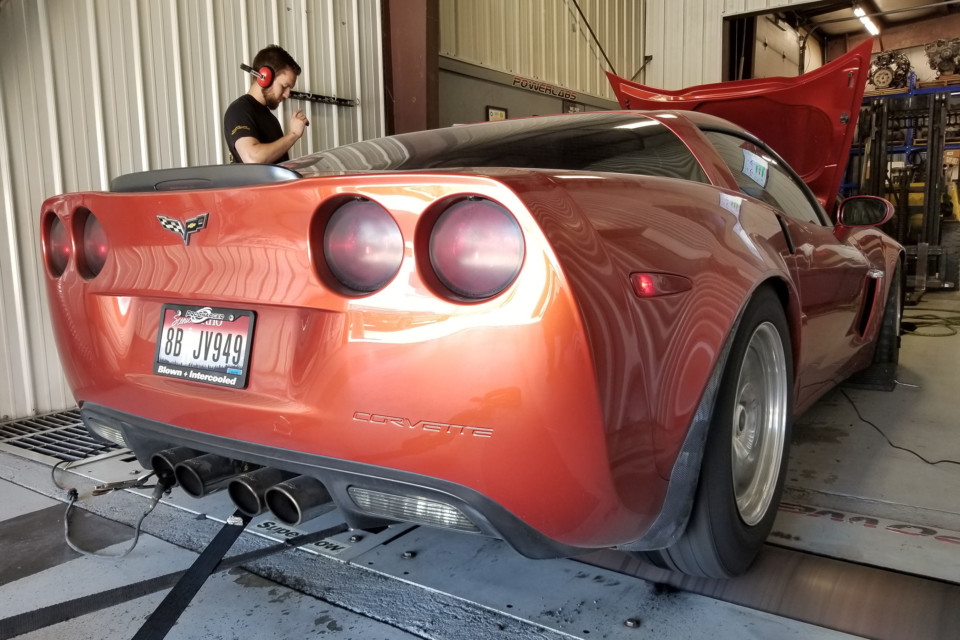
Using the 3.85-inch blower pulley, which generates 13 pounds of boost in this application, the C6 made 653 rear-wheel horsepower and 646 lb/ft of torque on 91 octane gas. Further down the road we’ll be swapping that pulley for the 3.70-inch piece that was also included in the ProCharger kit, which will in turn up the boost to around 15-pounds. Paired with ethanol fuel, that will likely push the horsepower number past the 700 mark.
After establishing a baseline, the team stepped things up.
“After making sure everything was happy and fairly smoothed out, we started with a little pull up to 4,000 RPM,” he recalls. “And even at that point, the torque numbers were just huge. The second you stab it at 2500-3000 RPM, it just skyrockets to 500 pound-feet. And this was on pump gas, so we knew we were on to something.”
After some more timing and fuel adjustments, the team zeroed in on the engine’s sweet spot.
“It makes peak power at right around 6100-6200 RPM,” Petty shares. “The way it’s set up it’s not a super-high revver, but down low and in the mid-range, the torque is just massive. The D-1SC is known for having awesome mid-range, whereas a lot of the X-series blowers are more peaky, so this makes a lot of sense for something that’s going to live on the street most of the time rather than as a dedicated racecar. For this combination, I think it’s a perfect match.”
"Pull after pull, I never saw inlet temps past 100 degrees, even at the end of the pull," Petty says. "That's just insane for air-to-air. That Stage II intercooler is doing work."
Petty says the tune is fairly conservative right now, even for pump gas.
“We were running like12-degrees of timing. We added a degree and it picked up a little bit and there was zero knock at all. So we decided to add a little more to see if it liked it. We add another degree, and it does absolutely nothing. We add two degrees, and that does nothing. So it seemed clear that on pump gas, the engine didn’t want to run a lot of timing – 13-degrees is where it’s happy, and that’s where we ended up.”
So what’s next for the build? “The car is set up as a flex-fuel vehicle,” Petty explains. “So the next step is to see what we can get with ethanol. There’s no reason it shouldn’t make over 700 at the wheels, even on 13-pounds of boost. Then we’ll take a look at that smaller pulley and see what it can do with 15-pounds of boost. Between that and the intake runner options we have, I think there’s a lot more left in it.”




